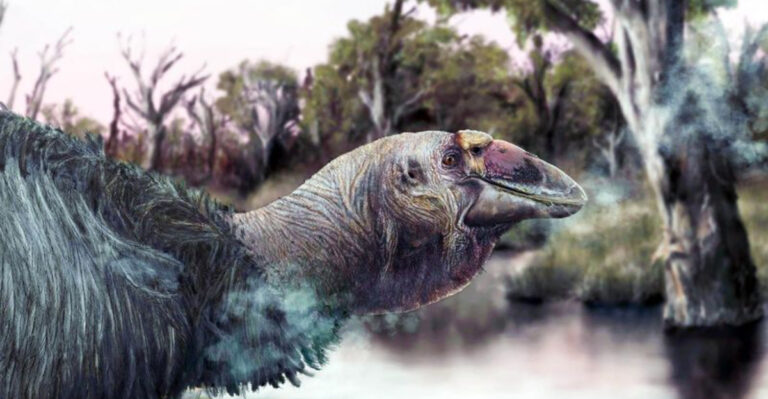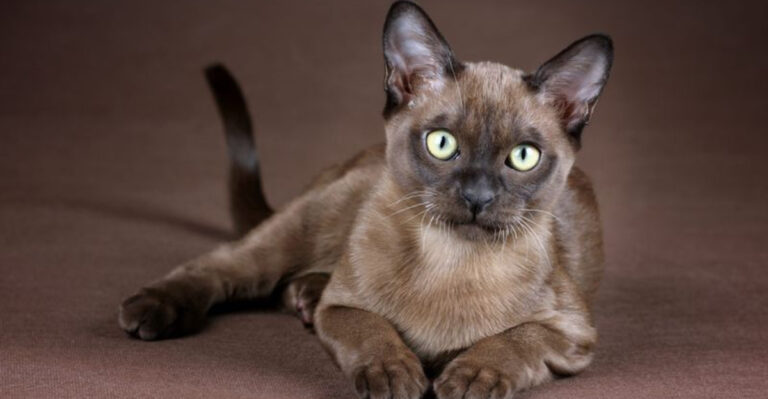Meet The Most Surprising Pollinators On Earth
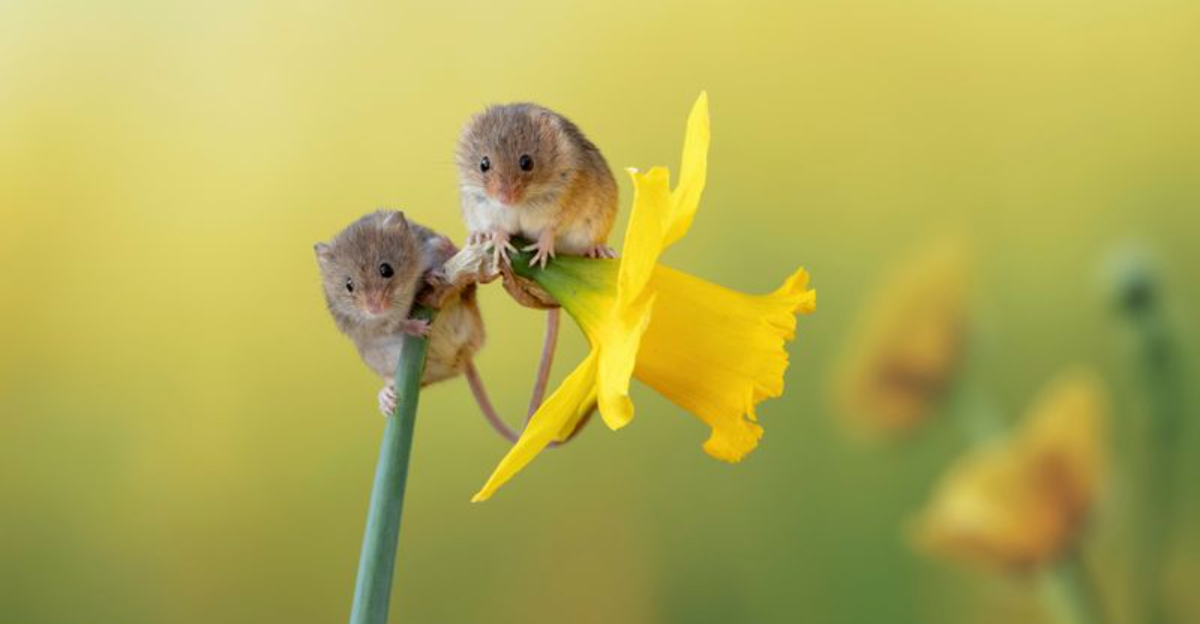
When we think about pollination, bees and butterflies usually steal the spotlight. But Mother Nature has recruited a much more diverse team to help plants reproduce.
From unexpected animals to surprising insects, these lesser-known pollinators keep our ecosystems thriving in ways most people never notice. Get ready to meet some truly unusual helpers that make our planet bloom!
1. Lizards With A Sweet Tooth

Ever caught a lizard with its face buried in a flower? In island ecosystems where insects are scarce, some lizards have evolved to become important pollinators. The blue-tailed day gecko of Mauritius loves to lap up nectar with its sticky tongue.
As it moves between blooms, pollen sticks to its scales and gets transported to other flowers. These reptiles have saved certain plant species from extinction!
2. Bats That Make Tequila Possible
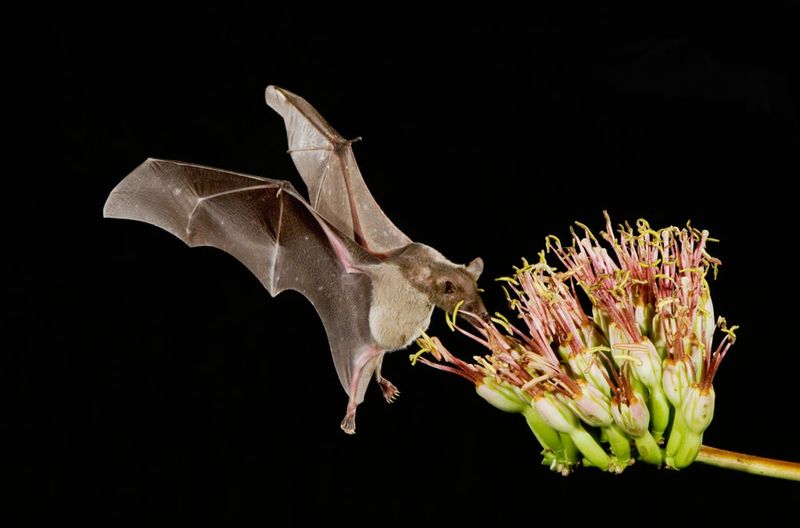
Without the long-nosed bat, your margarita might not exist! These nocturnal mammals are crucial pollinators of agave plants used to make tequila. Flying through desert nights, they stick their faces deep into agave flowers, emerging with noses covered in pollen.
Their specialized faces evolved specifically for this relationship, creating one of nature’s most perfect partnerships. Some agave species depend entirely on these furry flying friends.
3. Ants With Perfect Timing

Small but mighty, certain ant species have mastered the art of pollination. In Australia, tiny ants crawl inside the flowers of Christmas bells, carrying pollen on their bodies as they search for nectar.
What makes them special is their precise timing – they know exactly when flowers are ready for pollination. Unlike most ants whose bodies contain chemicals that kill pollen, these specialized species have evolved to be pollen-friendly.
4. Lemurs With Pollen-Covered Fingers

Madagascar’s black-and-white ruffed lemurs have a unique pollination technique. They shove their long snouts and fingers into giant flowers, getting completely covered in pollen while searching for nectar.
Their specially adapted hands make them perfect for the job – long fingers can reach deep into blossoms where other animals can’t go. Some of Madagascar’s largest flowering trees would disappear without these primates spreading their pollen.
5. Mosquitoes That Do Good
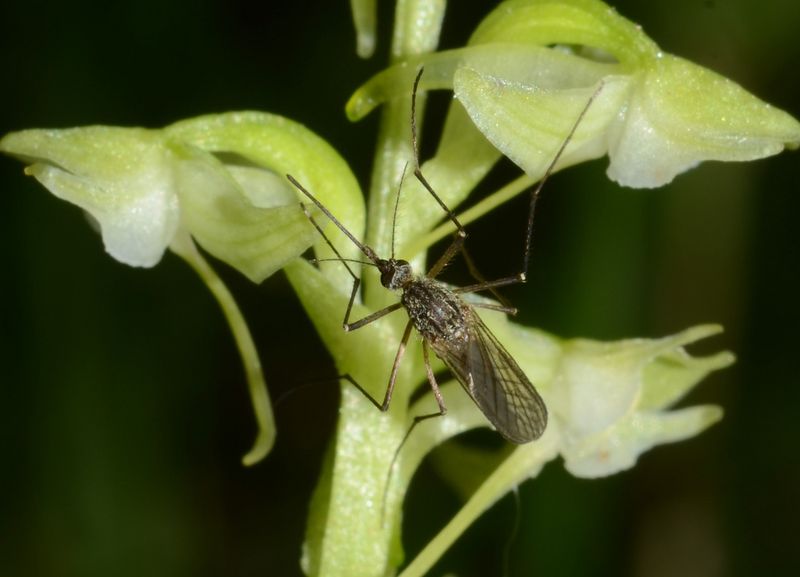
Hard to believe these blood-suckers have a beneficial side! Male mosquitoes don’t bite at all – they feed exclusively on flower nectar. As they drink, they accidentally transport pollen between Arctic and bog orchids.
Scientists have found mosquito-pollinated plants in remote northern regions where few other pollinators survive. In Alaska’s tundra, certain orchid species rely almost entirely on these much-maligned insects for reproduction.
6. Honey Possums With Brush-Tipped Tongues

Australia’s tiny honey possum weighs less than a nickel but plays a giant role in plant reproduction. With a brush-tipped tongue longer than its body, this marsupial laps nectar from banksia and eucalyptus flowers.
Its fur gets absolutely covered with pollen as it moves from flower to flower. Unlike other possums, it eats no solid food whatsoever – surviving entirely on nectar and pollen throughout its life.
7. Wasps That Save Fig Trees
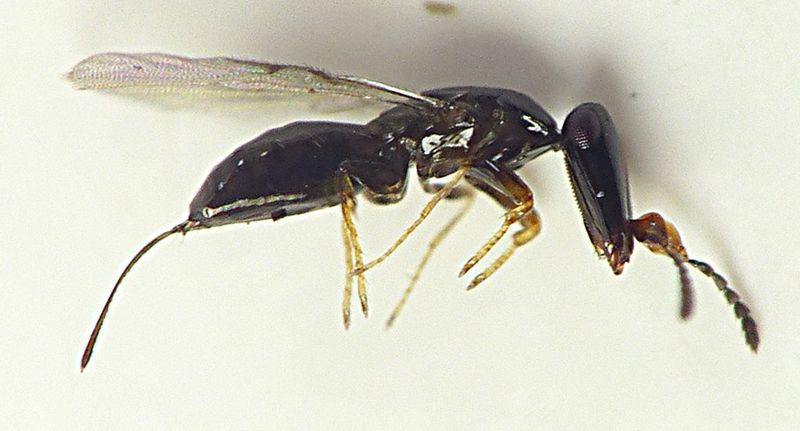
Fig wasps perform one of nature’s most bizarre pollination miracles. Female wasps crawl inside fig flowers – which grow inside the fruit – to lay eggs, bringing pollen from other figs with them.
The relationship is so specialized that each of the world’s 750+ fig species has its own dedicated wasp species. Without these tiny insects, fig trees would vanish from forests worldwide, taking with them the thousands of animal species that depend on their fruits.
8. Geckos With Glowing Throats
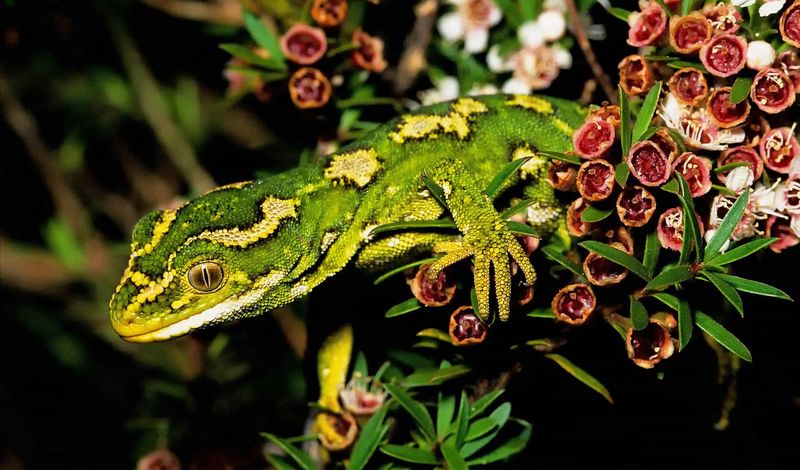
After dark in New Zealand, the green gecko’s throat glows under ultraviolet light, attracting it to certain night-blooming flowers. These reptiles slurp nectar with specially adapted tongues while pollen sticks to their scales and chin.
Scientists discovered their pollination role accidentally while studying plant reproduction. The fluorescent patches on their skin appear to have evolved specifically to help them find flowers in the darkness, creating a secret nighttime partnership invisible to human eyes.
9. Beetles With Ancient Skills
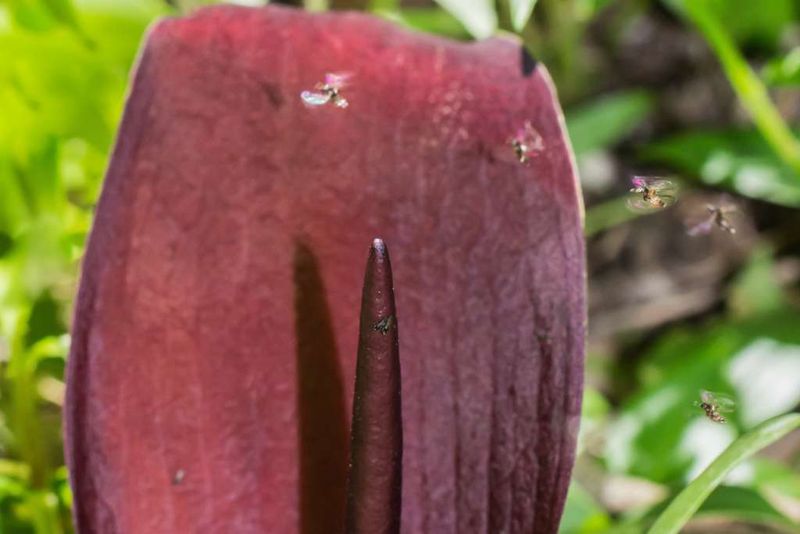
Before bees existed, beetles were Earth’s original pollinators – starting 200 million years ago! Blister beetles still pollinate arum lilies by rolling around inside the flowers, getting completely coated with pollen.
The flowers even heat up to release special scents that attract these specific beetles. Some tropical water lilies create special chambers that trap beetles overnight, releasing them covered in pollen the next morning – a pollination strategy unchanged since dinosaur times.
10. Hummingbird Moths Mistaken For Birds
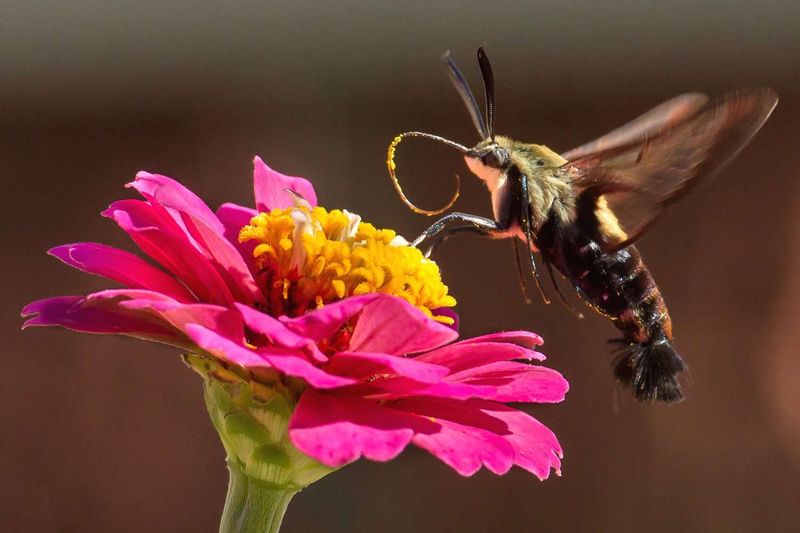
Zooming through gardens at dusk, hummingbird moths are so bird-like that people regularly mistake them for actual hummingbirds. Their long proboscis unfurls like a straw to reach deep into trumpet-shaped flowers.
Hovering perfectly still midair, these moths can visit up to 1,000 flowers nightly. They’re especially important for evening-blooming plants that open after bees have gone to sleep, filling a crucial pollination gap when most other insects are inactive.
11. Slugs That Help Woodland Flowers
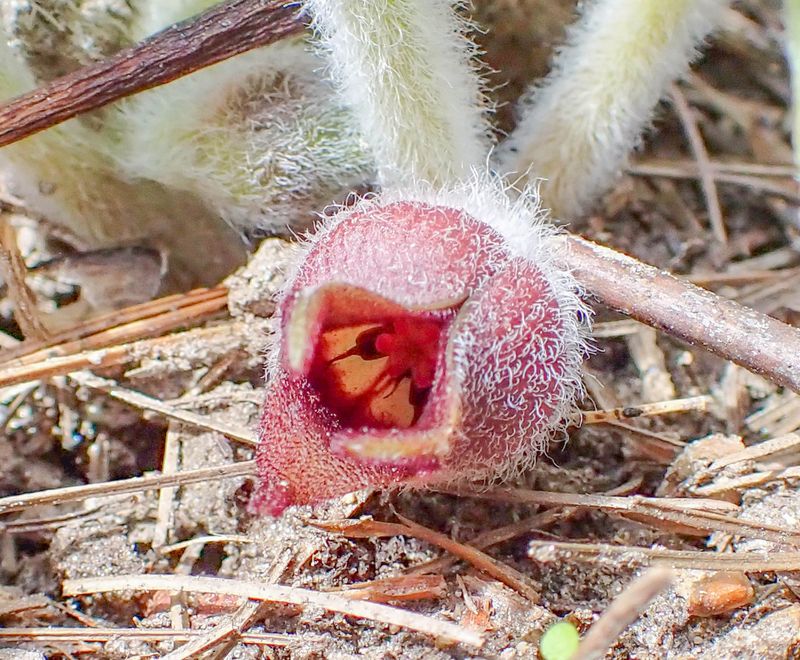
Garden enemies by day, pollination heroes by night! Slugs and snails crawl over low-growing woodland flowers, accidentally picking up pollen on their slimy bodies as they feed on nectar.
For short plants growing in damp, shady forests where few insects venture, these gastropods provide a vital service. Jack-in-the-pulpit and wild ginger plants have evolved specific scents that attract slugs while repelling other animals that might damage their delicate blooms.
12. Mice That Climb For Nectar
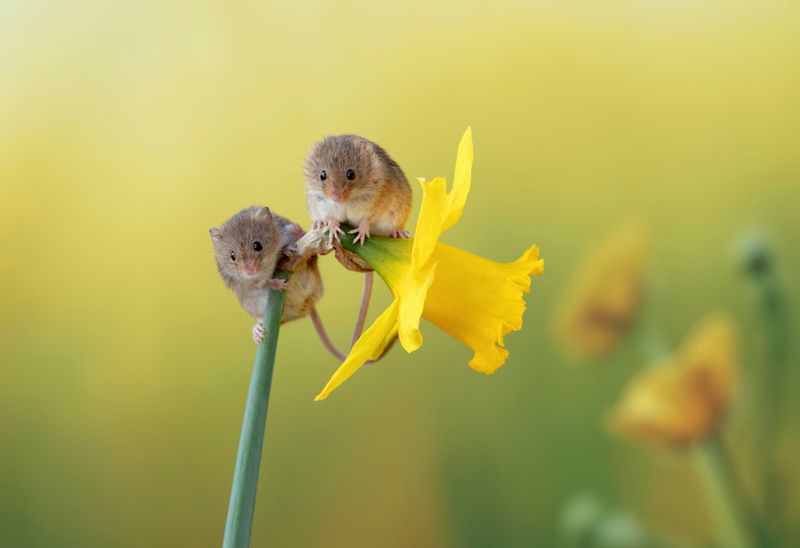
African mice perform acrobatic feats to reach protea flowers, becoming covered in pollen during their nectar quest. The tiny rodents scale tall stems and hang upside-down to access the sweet reward.
Some protea species open only at night, specifically to attract these nocturnal pollinators. The relationship evolved over millions of years, with mouse-pollinated proteas developing stronger stems to support the weight of the climbing mice.
13. Thrips Smaller Than A Pinhead
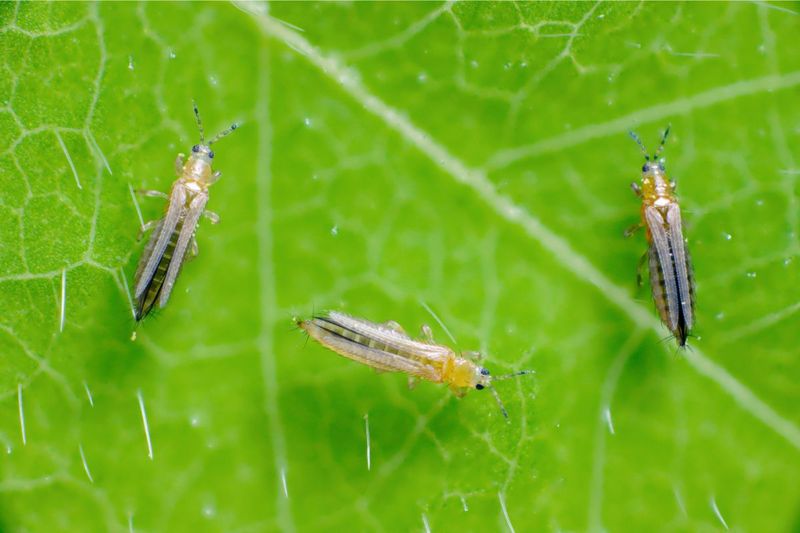
Among the tiniest pollinators on Earth, thrips measure just 1mm long yet pollinate massive commercial crops. These microscopic insects slip into the smallest flower crevices where larger pollinators can’t reach.
Avocado farmers rely heavily on these tiny helpers – without thrips, guacamole would be much more expensive! Their small size allows them to navigate complex flower structures, reaching pollen hidden deep inside specialized chambers that larger insects can’t access.
14. Flies With Fur Coats
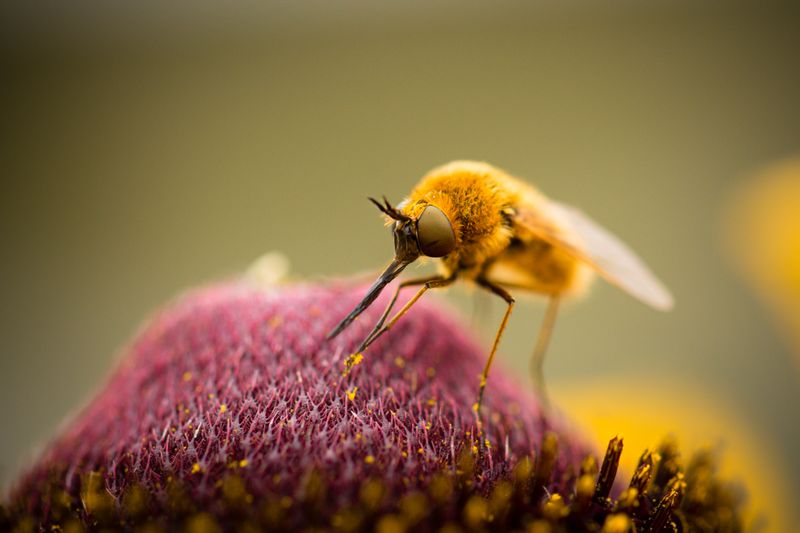
Fuzzy flies that look like tiny teddy bears are champion pollinators in cold mountain regions. Bee flies and hoverflies wear dense hair coats that collect pollen wonderfully while keeping them warm at high altitudes.
They’re active at lower temperatures than bees, making them critical for early spring flowers in alpine meadows. Some orchids have evolved to look and smell like rotting meat specifically to attract these flies, creating one of nature’s cleverest pollination tricks.

